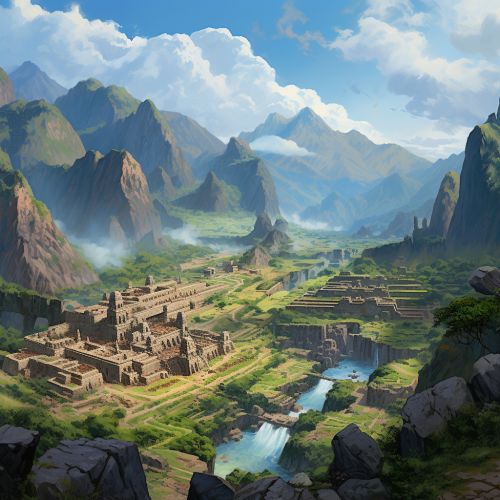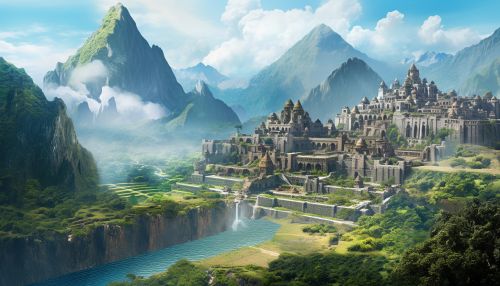Inca Empire
Origins
The origins of the Inca Empire can be traced back to the early 13th century, when the Inca people settled in the valley of Cusco in present-day Peru. The founding of the Inca Empire is traditionally dated to 1438 AD under the leadership of Pachacuti Inca Yupanqui, who initiated a series of conquests that would eventually form the largest empire in pre-Columbian America.


Society and Culture
The Inca society was highly organized and centralized. At the top of the hierarchy was the Sapa Inca, the divine king who was considered the son of the sun god Inti. The Sapa Inca was both the political and religious leader of the empire. The nobility consisted of the royal family, priests, and military leaders. The common people, known as hatun runa, were farmers, artisans, and soldiers.
The Inca culture was rich and diverse, with a strong emphasis on agriculture, architecture, and textile production. The Inca were skilled builders, constructing impressive cities like Machu Picchu and Cusco without the use of mortar. They also developed a complex road system, known as the Qhapaq Ñan, which spanned the length of the empire.
Economy and Agriculture
The economy of the Inca Empire was centrally planned and state-controlled. The Inca did not use money or barter. Instead, goods and services were distributed by the state according to need. The Inca were primarily an agricultural society, growing crops like maize, potatoes, and quinoa on terraced fields called Andenes.
Religion
The Inca practiced a polytheistic religion, worshipping a pantheon of gods. The most important deity was the sun god Inti, who was considered the ancestor of the Inca. Other important deities included Pachamama, the earth mother, and Apu Illapu, the rain god. The Inca also practiced ancestor worship and believed in reincarnation.
Decline and Fall
The decline of the Inca Empire began in the early 16th century with the arrival of Spanish conquistadors led by Francisco Pizarro. The empire was already weakened by a civil war between two rival claimants to the throne, Huáscar and Atahualpa. The Spanish, taking advantage of the situation, captured and executed Atahualpa in 1533, effectively ending the Inca Empire.
Legacy
The legacy of the Inca Empire is still visible today in the form of archaeological sites, cultural practices, and the Quechua language, which is still spoken by millions of people in Peru, Bolivia, and Ecuador.
